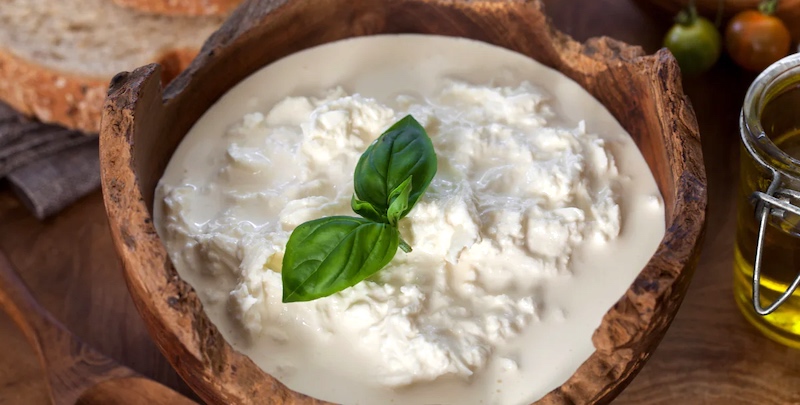
Guest Essay: Make This Burrata Substitute in 5 Minutes!
My friend Claudia Lucero, founder of home cheese-making empire Urban Cheesecraft, sent out this recipe in her newsletter that begged to be shared. I asked, and she agreed!
Ever drool over a recipe featuring burrata only to find that you can't actually buy burrata anywhere near you? You're not alone, but there's great news—you can enjoy the luscious, creamy heart of burrata by making stracciatella, the rich, silky filling inside with just two ingredients.
What is Stracciatella?
Surprise! If you have tasted burrata, you have already tasted stracciatella! That's because stracciatella is the lesser-known creamy filling inside burrata—the part that makes everyone ooh and ahh after slicing a tender burrata pouch. The part that makes burrata more luscious than fresh mozzarella. It is simply made by combining torn shreds of fresh mozzarella with rich cream and a sprinkle of salt. That's it.

Some people consider stracciatella a fresh Italian cheese, others argue that it is technically not a cheese because we're just mixing mozzarella with cream. As a cheesemaker, I get that, but no one likes to hear, "well, actually" when they're just enjoying something delicious! Besides, I also make dairy-free "cheese" so clearly I am not ruled by tradition and technicalities. If burrata can be called a fresh Italian cheese, then so can stracciatella!
Fun fact: In Italian stracciatella literally means “little shred, or little rag.” I like to call them "ribbons"—it's a little more appetizing. Regardless, shreds or rags are perfect descriptions of how the mozzarella is torn into pieces before being bathed in cream.
This also explains why there is a stracciatella soup (ribbons are created when a mixture of egg and cheese is stirred into hot soup) and stracciatella ice cream (drizzles or ribbons of melted chocolate that become chocolate flecks when the chocolate freezes and is broken up and stirred into the ice cream).
Burrata, Mozzarella, and Stracciatella: What’s the Difference?
I'm sure you are getting this but just to be clear, these three cheeses are deliciously related, but each has its own character. Here’s a quick breakdown:
Mozzarella. A fresh, semi-soft cheese made with the pasta filata (stretched curd, or "spun paste") technique. Traditionally made with water buffalo milk in parts of Italy (mozzarella di bufala) but often cow’s milk elsewhere (fior di latte). Used for pizza, salads, and appetizers.
Stracciatella. Made by tearing fresh mozzarella into shreds and mixing with heavy cream and salt. It’s soft, rich, and spoonable and a perfect representation of burrata that has already been cut into. Can be eaten on toast, in pasta, or as a substitute for burrata in any serving suggestion.
Burrata. A fresh, thin mozzarella pouch filled with stracciatella. It's like a dumpling for cheese lovers! Originated in Puglia, Italy, as a way to avoid waste (yesterday's mozzarella or string cheese knots called nodini). Meant to be eaten fresh, often with tomatoes, bread, and olive oil.
Burrata's Clever Zero-Waste History and Connection to other Cheeses of the World
All three of these cheeses trace their roots to southern Italy, where fresh, perishable cheeses are a staple. Burrata was invented in the early 1900s in Puglia as a clever way to use leftover mozzarella scraps.
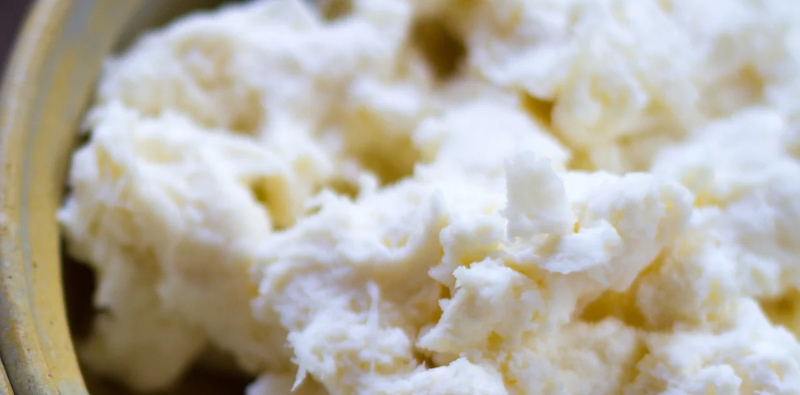
The technique of pasta filata, or stretched-curd cheesemaking, dates back even further and can be seen in other cultures. It’s the same process used to make classics like provolone and caciocavallo in Italy but also quesillo (queso Oaxaca) in Mexico and the Syrian string cheese jibneh mshallaleh, sometimes sold in Middle Eastern markets in the U.S. as tresse.
Why Make Stracciatella at Home? So Many Reasons.
- You need burrata and can't find it.
- You make excellent mozzarella and want to up your game!
- You make OK mozzarella and you'd rather tear it into this forgiving shape and allow the shreds to tenderize in the cream (bonus!).
- You've actually made burrata with our kits or books but the messy sealing part frustrates you (it's true, that takes the most practice).
- It’s delicious, quick and easy — ready in minutes.
- No special equipment is needed.
Plus:
- You can use store-bought mozzarella in brine or learn to make your own using our Urban Cheesecraft Mozzarella Kit or recipes from One Hour Cheese or Instant Pot Cheese books.
- You can customize your stracciatella with herbs, lemon zest, or spices and impress the heck out of your friends and family.
Simple Homemade Stracciatella Recipe
This recipe makes about 1 cup—enough to top crostini, or spoon over pasta, salad or pizza. Feel free to double or quadruple the recipe—you will wish you did.
Important: This will not work with American-style mozzarella. You know the firm, waxy stuff that can be shredded with a grater, nor with part-skim pre-shredded mozzarella, or with American string cheese. If you don't have an hour to make mozzarella, and can't find store-bought, fresh mozzarella in brine, use ricotta instead. The texture won't be quite right but it's tasty.
Ingredients:
1 ball of fresh mozzarella in brine (about 4-5 oz) or homemade mozzarella (see recipe)
1/3 c. heavy cream (also called heavy whipping cream)
1/8 tsp. sea salt, taste and adjust to taste
Optional: Any flavorful bits you'd like, such as a sprinkling of pepper flakes or two teaspoons of fresh chives, torn basil, diced sundried tomatoes, etc.
Tear the milky soft mozzarella into small, thin shreds by hand. This is the original handmade way. (These days this is often done by machines so the filling can often look like ricotta.)
In a bowl, combine the shredded mozzarella, heavy cream, and salt. Toss gently to combine. The cream should drench the shreds so that they are still runny. You want it to be a little drippy when you grab a handful because some of it will absorb into the mozzarella shreds and tenderize them. (You can see this in my Instagram reel where I make stracciatella from homemade mozzarella.)
Taste and adjust salt if needed. Add any herbs, etc. you are using.
You can eat it right away but it will be more tender if you allow it to rest and meld for 5- 10 minutes at room temp. Like mozzarella and burrata, stracciatella is best eaten on the same day so you never (ideally) have to refrigerate it. But, real life, it's ok if you do. Just allow it to rest at room temp for 10-15 minutes before serving so the cream and cheese soften a bit and lose that fat-coagulating chill. You will taste the butterfat more fully and that's what we want with these simple, creamy cheeses. Note that the cream will continue to absorb into the mozzarella shreds and can turn them bitter over time. Eat it within 1-2 days.
Serving ideas:
- Spoon onto grilled sourdough with olive oil and flaky salt.
- Dollop over roasted veggies or pasta.
- Swirl into soups for a creamy finish.
- Spoon over fresh tomato or peach salad.
Read my 2018 interview with Claudia. All photos courtesy Claudia Lucero.
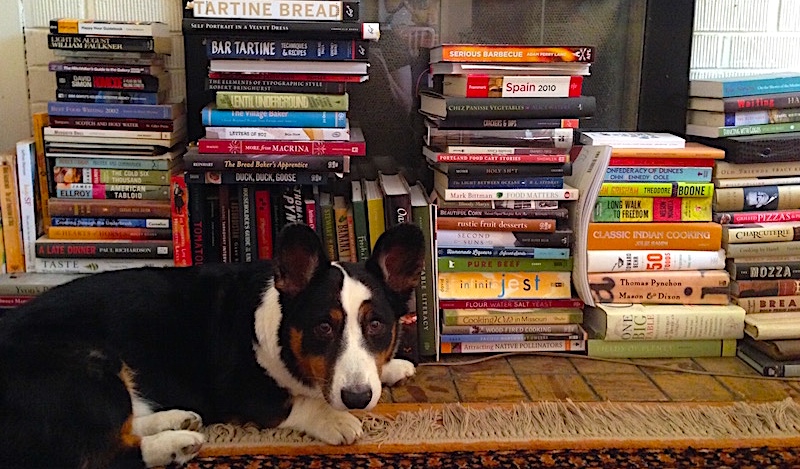
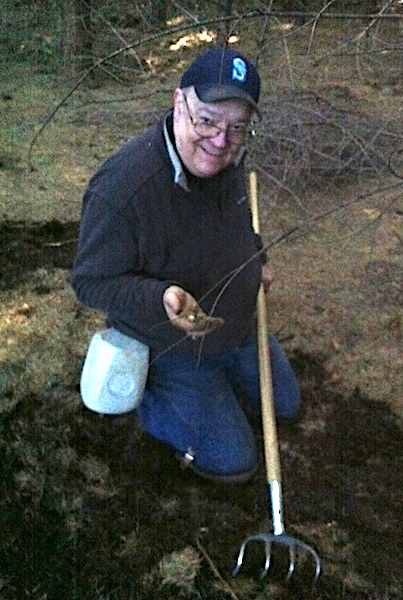 If you want to know about the fungus among us, there is no better guide than mushroom guru Jack Czarnecki, founder with his wife Heidi of the famed
If you want to know about the fungus among us, there is no better guide than mushroom guru Jack Czarnecki, founder with his wife Heidi of the famed 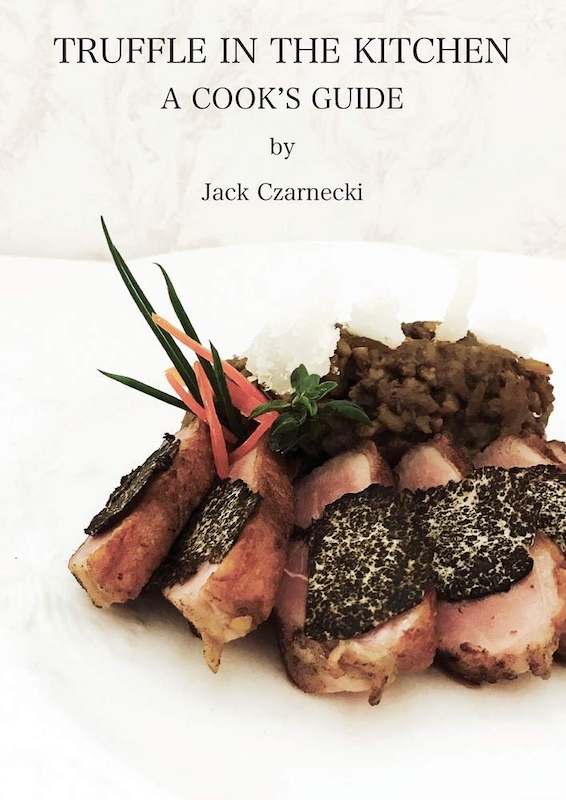 His latest effort is a cookbook, for sure, full of simple-to-prepare basics like truffle butter and oil, as well as what he terms "atmospheric infusions," along with recipes for main dishes and even desserts. But it also delves deeply into Czarnecki's background as a bacteriologist, discussing his theories on the complex relationship between our physiology and how it interacts with that of the truffle.
His latest effort is a cookbook, for sure, full of simple-to-prepare basics like truffle butter and oil, as well as what he terms "atmospheric infusions," along with recipes for main dishes and even desserts. But it also delves deeply into Czarnecki's background as a bacteriologist, discussing his theories on the complex relationship between our physiology and how it interacts with that of the truffle.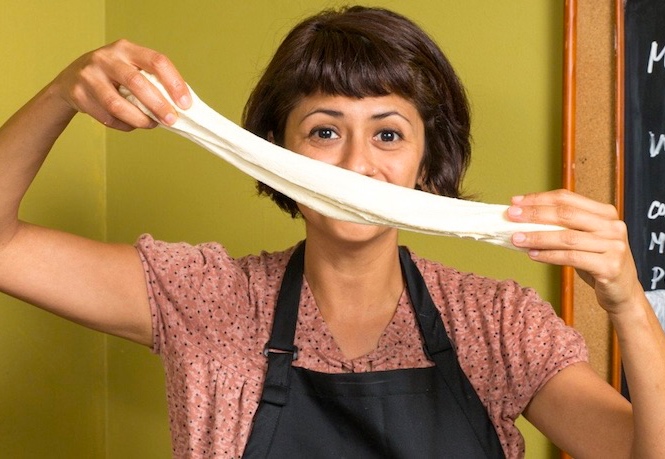 No one I know has worked harder to spread the gospel of cheese and how easy it is to make at home than local cheese maven
No one I know has worked harder to spread the gospel of cheese and how easy it is to make at home than local cheese maven 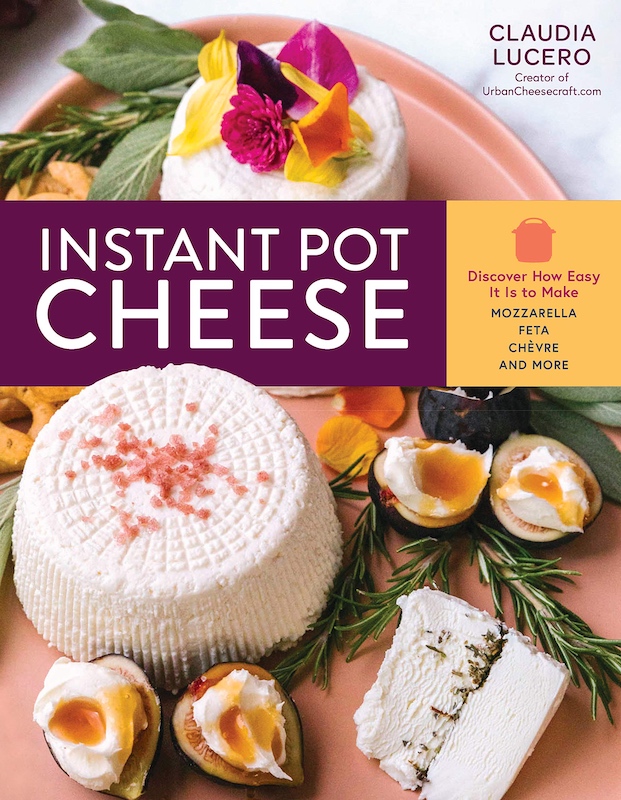 The viral success of the Instant Pot cooker got Lucero to thinking about how this appliance might be used to make cheese. After all, it can be used to do just about anything: caramelize onions, boil eggs, steam rice, so it seemed sensible to her that the cooker's accurate and consistent temperatures should make it an ideal tool for cheesemaking.
The viral success of the Instant Pot cooker got Lucero to thinking about how this appliance might be used to make cheese. After all, it can be used to do just about anything: caramelize onions, boil eggs, steam rice, so it seemed sensible to her that the cooker's accurate and consistent temperatures should make it an ideal tool for cheesemaking. I first became acquainted with James Rebanks through, believe it or not, his
I first became acquainted with James Rebanks through, believe it or not, his 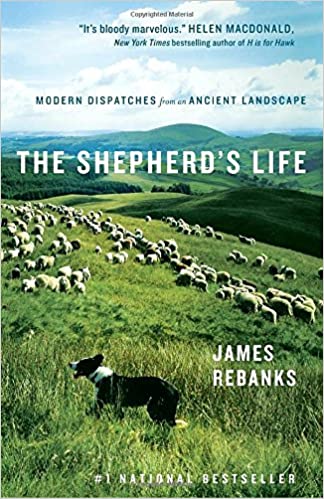 Deeply rooted in the land Rebanks' family has farmed for generations,
Deeply rooted in the land Rebanks' family has farmed for generations,